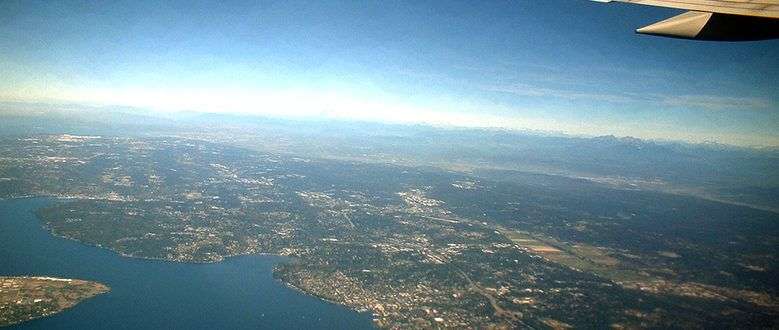
TLIX2: Network of LiDAR Technologies and Geospatial Information
The LiDAR network is focused on technologies for LiDAR Data (Light Detection and Ranging or Laser Imaging Detection and Ranging) applied to the analysis, management and spatial planning, and in the application of parallel computing to process the large amount of information generated in LiDAR applications. The network aim for the development of new processing methods and applications.
Objectives
The specific objectives of the network are the following:
- To study the best representation of LiDAR point clouds.
- To improve interactive visualization systems.
- To develop new segmentation and classification algorithms of the point cloud.
- To identify new applications in the civil engineering and aerospace sectors.
- To study the application of high performance computing systems (e.g., multicore, manycore, GPU, computational clusters, etc.) to improve the performance of the algorithms for processing LiDAR data.
- To study the use of other LiDAR data, as mobile or terrestrial LiDAR.
- To employ geolocation techniques in web services and mobile devices.
Project
/research/projects/rede-de-tecnoloxias-lidar-e-de-informacion-xeoespacial-ii
<p>The LiDAR network is focused on technologies for LiDAR Data (Light Detection and Ranging or Laser Imaging Detection and Ranging) applied to the analysis, management and spatial planning, and in the application of parallel computing to process the large amount of information generated in LiDAR applications. The network aim for the development of new processing methods and applications.</p><p>The specific objectives of the network are the following:</p> <ol> <li>To study the best representation of LiDAR point clouds.</li> <li>To improve interactive visualization systems.</li> <li>To develop new segmentation and classification algorithms of the point cloud.</li> <li>To identify new applications in the civil engineering and aerospace sectors.</li> <li>To study the application of high performance computing systems (e.g., multicore, manycore, GPU, computational clusters, etc.) to improve the performance of the algorithms for processing LiDAR data.</li> <li>To study the use of other LiDAR data, as mobile or terrestrial LiDAR.</li> <li>To employ geolocation techniques in web services and mobile devices.</li> </ol> - Francisco Fernández Rivera - Dora Blanco Heras, Juan Carlos Pichel Campos, Natalia Seoane Iglesias, Antonio García Loureiro, José Carlos Cabaleiro Domínguez, Tomás Fernández Pena
projects_en